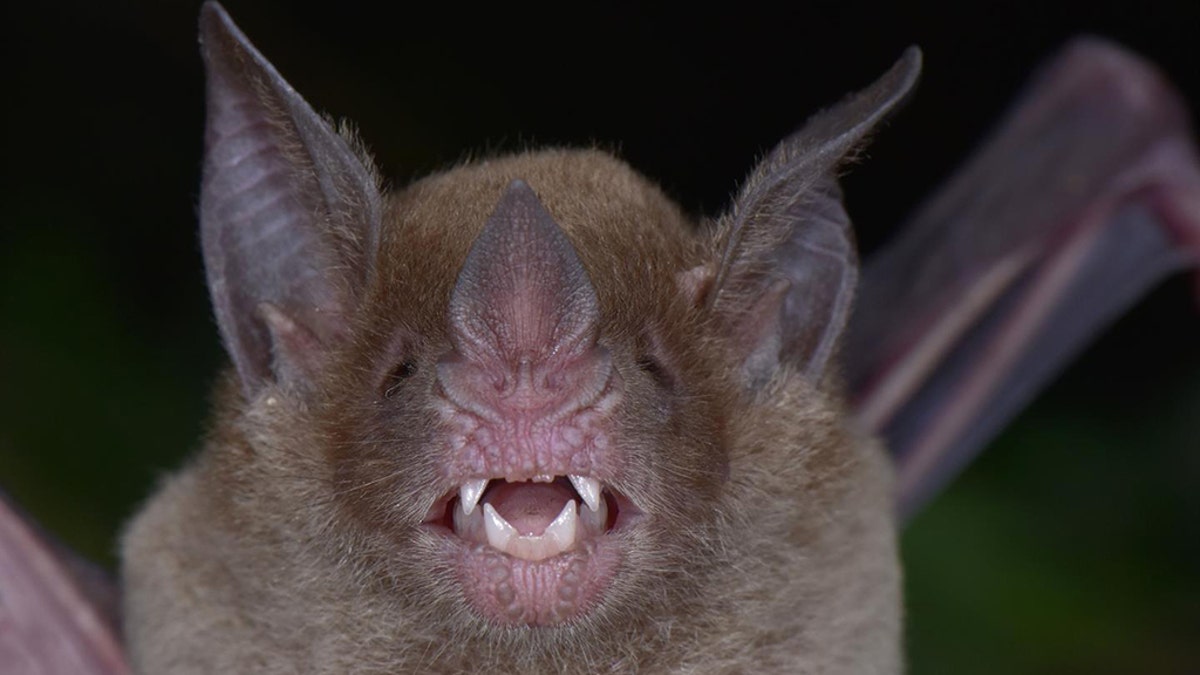
(Credit: Trond Larsen/Conservation International)
Scientists exploring an area that's thought to contain an ancient lost city in the Honduras rainforest have discovered a vast ecosystem of rare and endangered species, including some animals that were supposedly extinct.
The team was exploring the so-called 'City of the Jaguar' area within the supposed complex of the legendary lost White City.
This lost ancient settlement is also known as Ciudad Blanca or the White City of the Monkey God.
Ancient folklore from the 16th Century tells the tale of the Monkey God, who resided in the city and preyed on human women.
Legend has it that the women of Ciudad Blanca would then give birth to half-chimp half-human babies.
Archaeological discoveries have been made in the area but no conclusive evidence of an extensive city has ever been found.
Biologist Trond Larsen was part of the team exploring the City of the Jaguar within the 'White City' and was amazed by the hundreds of rare animal and plant species that they discovered there.
He wrote in a blog post: "What we found is extremely high biodiversity in the context of Central America, including many rare and threatened species as well as new country records.

(Credit: Trond Larsen/Conservation International)
"All of this indicates that the area is an intact wilderness that needs to be preserved to maintain the integrity of ecological corridors across Central America."
Larsen works for the environmental non-profit Conservation International, based in Virginia, and led the organization's Rapid Assessment Program to the White City area.
The team had to travel in by helicopter and were escorted by soldiers in case they bumped into any drug traffickers while they were looking for animals in the forest.
They managed to discover 180 species of plants, just under 250 species of insects, 198 bird species and dozens more animals.
These animals included the rare pale-faced bat, which hasn't been seen in Honduras for over 75 years and a potentially new species of fish.
They also came across unusual eyelash viper snakes and red-eyed tree frogs.
The researchers wrote in their newly published report: "Many of these species are uncommon or rare in other parts of their range due to habitat loss, degradation, hunting and other pressures.
"It is one of the few areas remaining in Central America where ecological and evolutionary processes remain intact."
The Honduran government is committed to protecting this area and allowing further scientific study there.
Research continues to try and find the exact location and conclusive evidence of the White City.
This story originally appeared in The Sun.




















